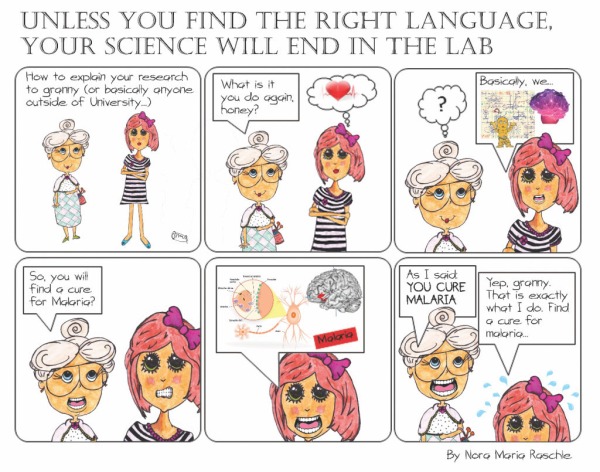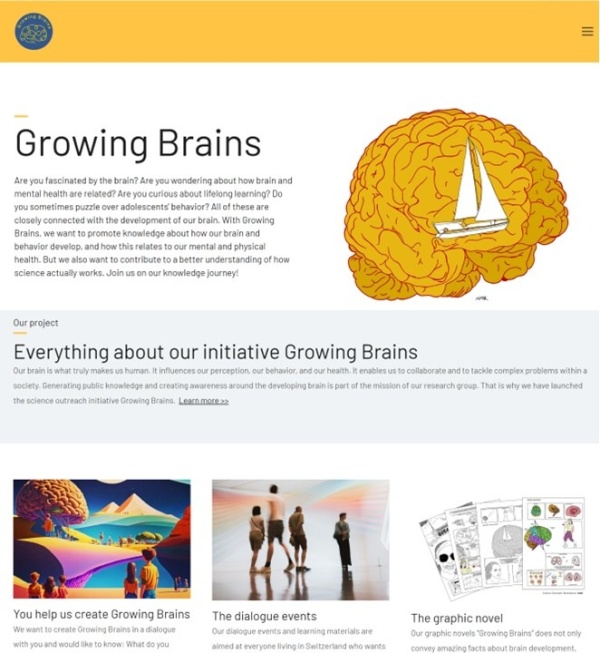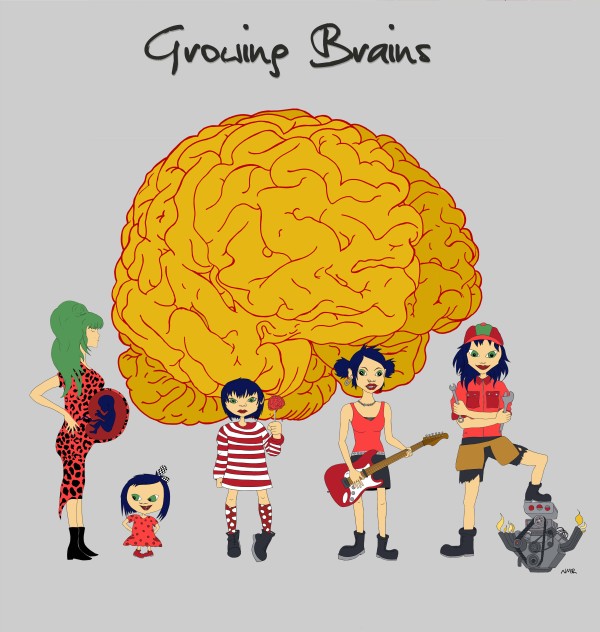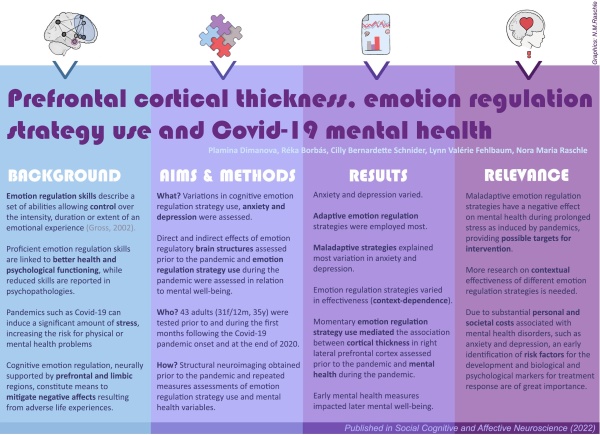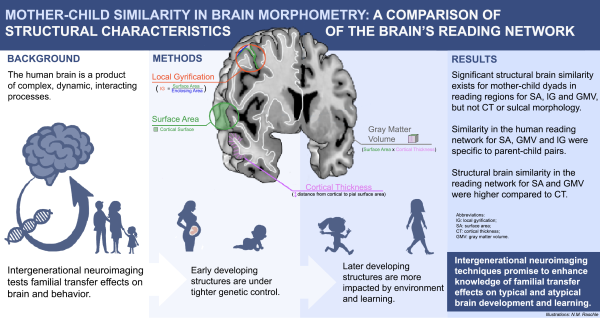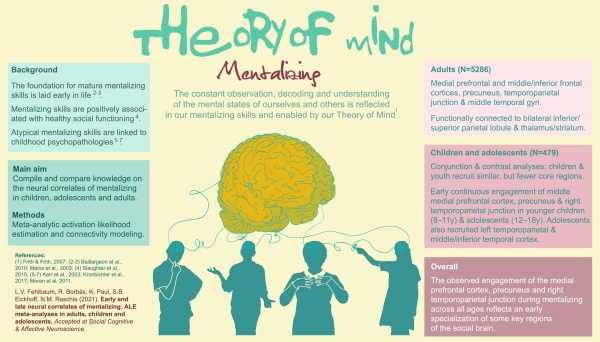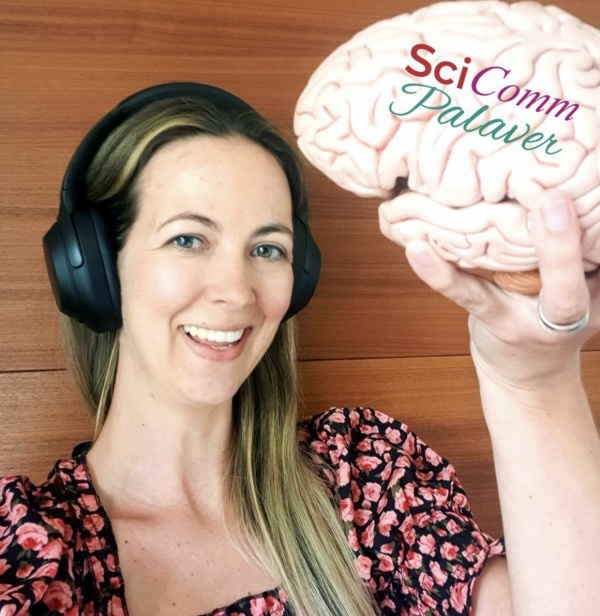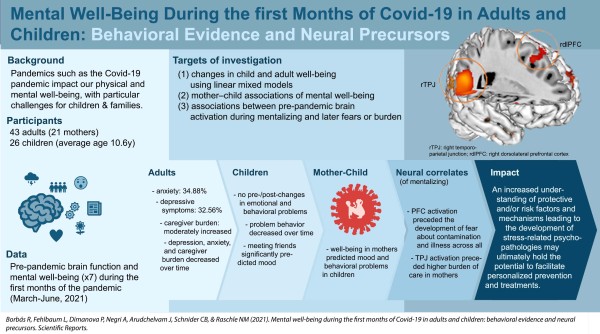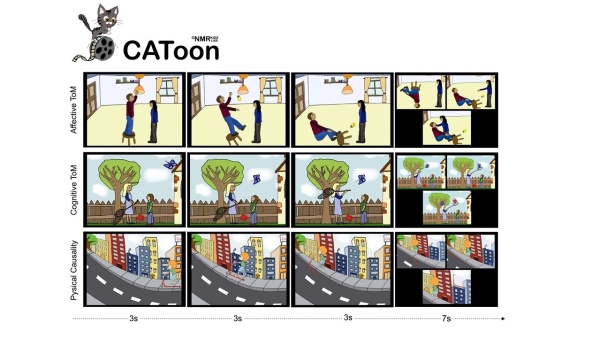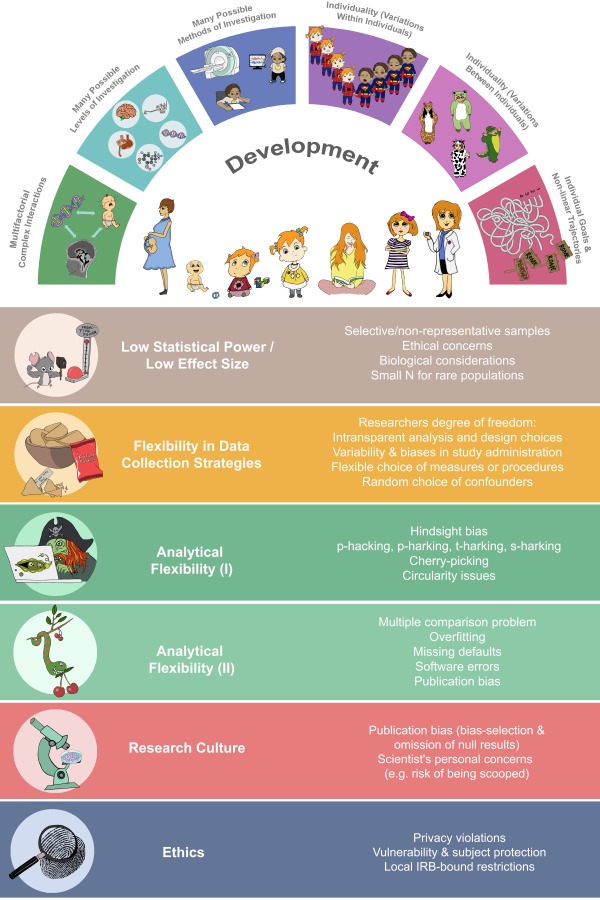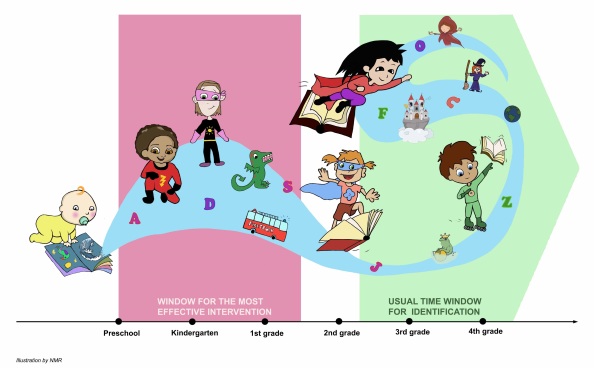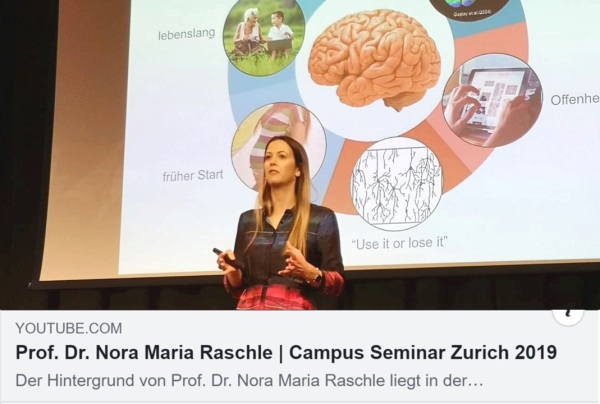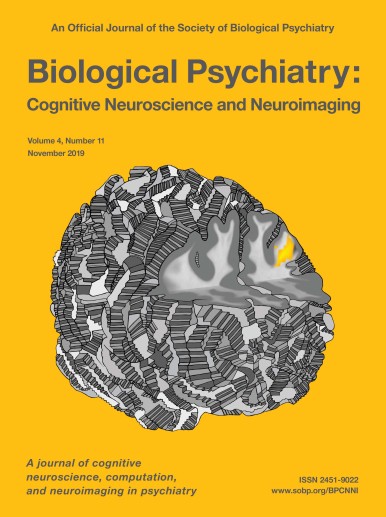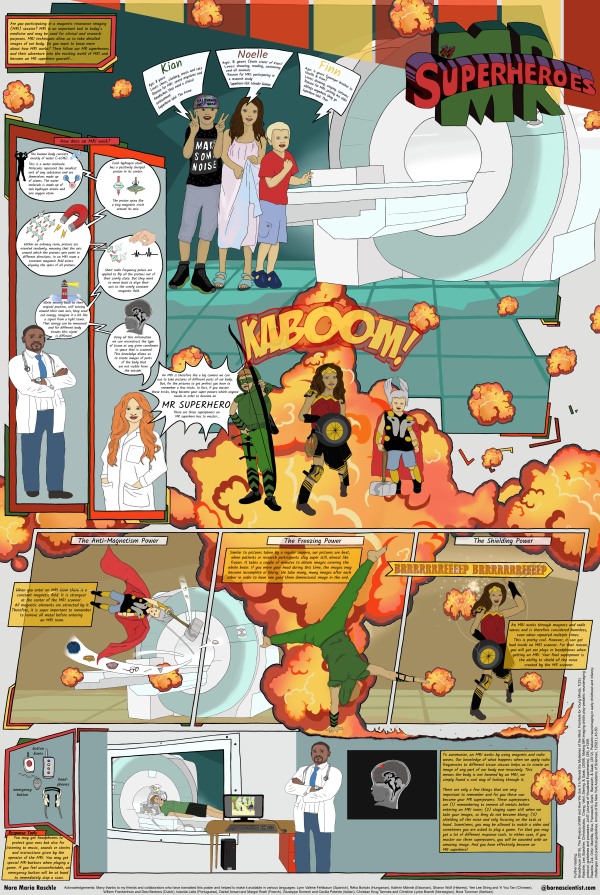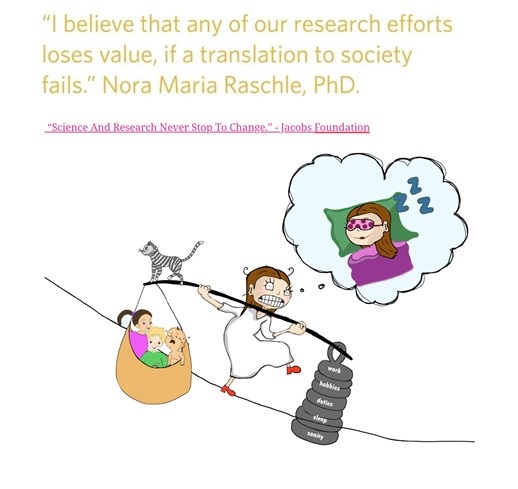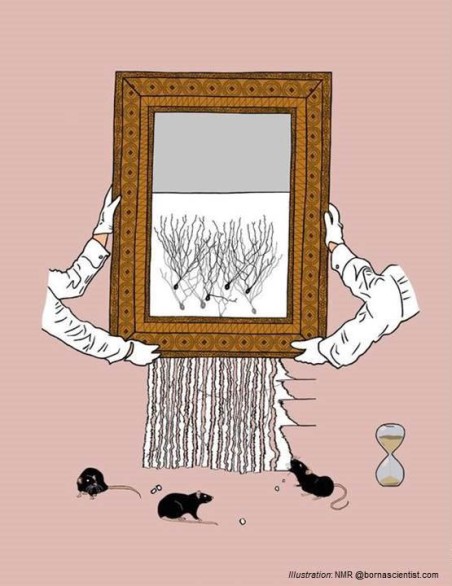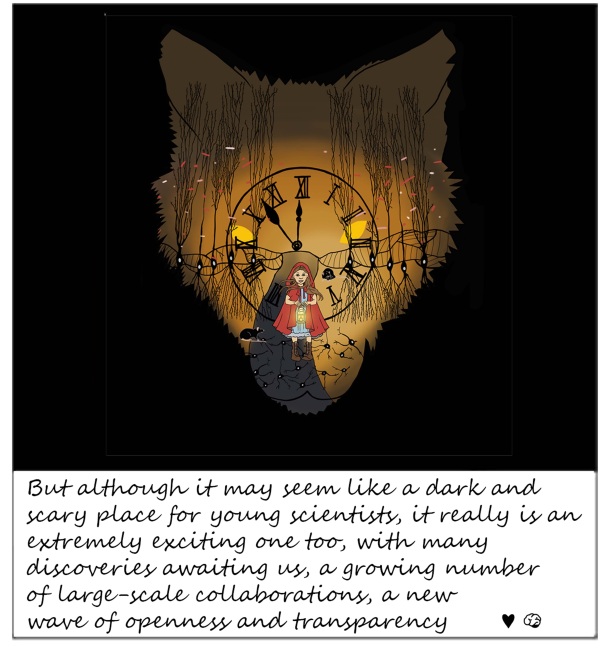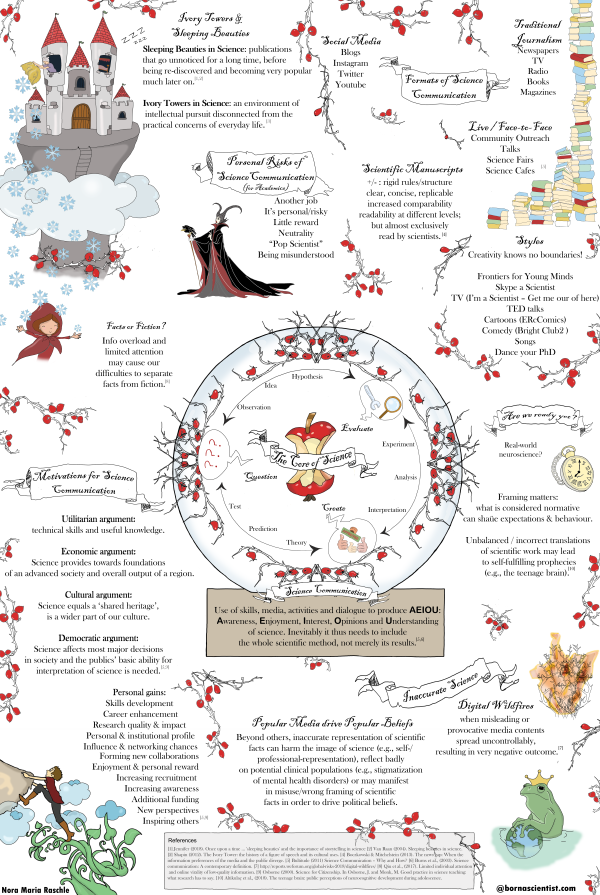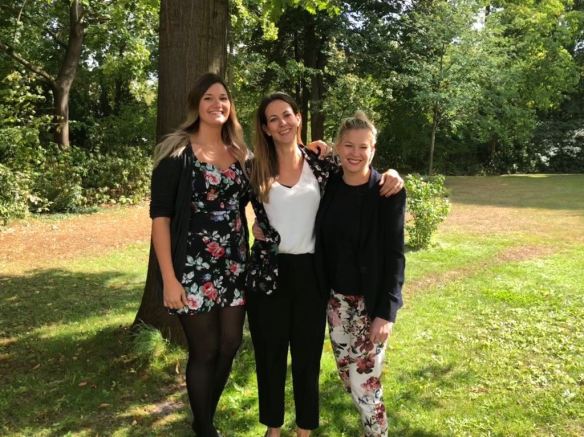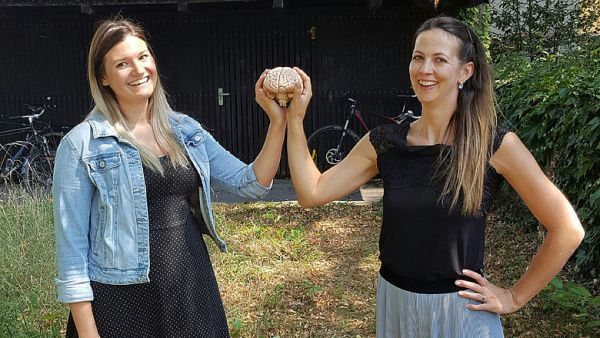We are developmental neuroscientists with the aim of spreading knowledge in a way that is fun and easily understandable for everyone. We want to break down the walls raised by complicated communication. Because science is meant for all! Willkommen Wir sind Wissenschaftler, die sich als Ziel genommen haben, Wissen auf eine witzige, einfache und verständliche... Continue Reading →
Growing Brains: Project Homepage
GROWING BRAINS continues to grow and now has a new website! Have a look, and if you want to keep up to date with our science outreach initiative, subscribe to our newsletter. http://www.growingbrains.ch Help us create Growing Brains! If you live in Switzerland and are 18 years or older, please participate in our survey (see... Continue Reading →
Growing Brains – new Adventures ahead
It has become quiet on our bornascientist blog recently. This is not because we value scicomm less, on the contrary: we are embarking on a new adventure! I have always been fascinated by the developing brain, how it grows, learns and adapts. Working with children and families daily, it is our team’s mission to make neuroscience... Continue Reading →
Prefrontal Cortex and Covid-19 Mental Health
Dimanova P, Borbás R, Schnider CB, Fehlbaum LV & Raschle NM (2022). Prefrontal cortical thickness, emotion regulation strategy use and COVID-19 mental health. Social cognitive and affective neuroscience.
Mother-Child Similarity in Brain Structures of the Reading Network
The NMR Kids Lab is very happy about our first 2022 article published in the FLUX special issue of Developmental Cognitive Neuroscience entitled "Mother-child similarity in brain morphology: A comparison of structural characteristics of the brain’s reading network" . In short, the human brain is a result of many complex, interacting processes. Intergenerational neuroimaging tests... Continue Reading →
Neural Correlates of Theory of Mind
New manuscript accepted from the NMR Kids Lab in the journal Social Cognitive and Affective Neuroscience. In our article, meta-analytic likelihood estimations and connectivity modelling are used to summarize the neural correlates of mentalizing based on data of over 5000 adults and 479 children and adolescents. Adults (N = 5286) recruited medial prefrontal and middle/inferior frontal cortices,... Continue Reading →
Scicomm Palaver
I had the pleasure to be a guest in Sabine Gysi's audio podcast series SciComm Palaver. In our interview we talked about research studies with children and families, science and science communication, who it is that makes a good expert and about our efforts of cartooning for science. For the full interview link see: https://lnkd.in/dWMzz8Fr In the... Continue Reading →
Covid19: Mental Well-Being and Neural Premarkers
The NMR Kids Lab published their newest research article looking at the well-being of adults and children during the first months of the pandemic as published in the magazine Scientific Reports. They investigated well-being, mental health variables and parent-child relations in adults and children across seven waves of investigations. While anxiety, depression and caregiver burden... Continue Reading →
CAToon
In Press Alert: https://www.sciencedirect.com/science/article/pii/S1878929321000505 Huge congrats to Réka Borbás for her first first author paper "Neural correlates of Theory of Mind in children and adults using CAToon: introducing an open-source child-friendly neuroimaging task" published in the journal Developmental Cognitive Neuroscience! In this publication, our team introduces a novel child-friendly, open-source Theory of Mind fMRI task.... Continue Reading →
Brainfair 2021: Das Gehirn in Zeiten der Pandemie
On March 18th, I provided a short lecture on the psychological effects of the pandemic ("Psychologische Folgen der Pandemie") and a lecture as part of the school program on march 16 (both in german) for the Brainfair 2021, an event organized by the ETH, University of Zurich and Zentrum für Neurowissenschaften Zürich. A recording of... Continue Reading →
Opportunities for increased R&R in DCN
Illustration published in Developmental Cognitive Neuroscience, 2020 (by NM Raschle) Human development is a result of many complex, interacting processes. It may be described on different levels of investigations and can be studied using different methodologies. Studying development also requires the consideration of individual variations over time, both within and between individuals. Development does not... Continue Reading →
The Magical Art of Neuroimaging – The Reading Brain
Our team is very happy about our new Frontiers for Young Minds (FYM) article that talks about how we use neuroimaging techniques to study the magical world of reading. FYM is a journal edited by kids and for kids. It aims to provide scientific information in a way that is understandable to children and, in... Continue Reading →
The Lifelong Learning Brain
The Campus Seminar Series 2019 in Zurich brought together educators, visionaries and design thinkers to discuss the topic of digital change in the classroom. Honored that I was allowed to give a short lay language presentation about the life-long learning brain (in German). Video Campus Seminar Series Nora Raschle
Science & Art: Emotion Regulation in CD
The journal Biological Psychiatry Cognitive Neuroscience and Neuroimaging published an article by our group (NMR Kids Lab) entitled "Atypical dorsolateral prefrontal activity in females with conduct disorder during effortful emotion regulation". Fun fact: Our work was not just inside the journal, but also on the cover. In our study, which is based on work by... Continue Reading →
Becoming MR Superheroes
Are you participating in a magnetic resonance imaging (MRI) session? MRI is an important tool in today’s medicine and may be used for clinical and research purposes. MRI techniques allow us to take detailed images of our body. Do you want to know more about how MRI works? Then follow our MR superheroes and their... Continue Reading →
My Research, Academic Life and the Translation of Science
I talked to Gelgia Fetz and Sylvana Klang from the Jacobs Foundation about my research, academic path, how to keep a healthy life-work balance and the importance of science communication: Read the full interview at: “Science And Research Never Stop To Change.” - Jacobs Foundation
Banksy, Dali and Engram Cells
01/28/2019 Guess of the day: „ What do Banksy’s artwork & engram cells have in common?“ #MondayMotivation (hint: past week's news is this week's art) Solution: Research published by Pignatelli, Ryan and colleagues in NeuroCellPress demonstrates how memory recall induces a transient increase in engram excitability. The cells can encode and switch between different memory functions,... Continue Reading →
The Story of Science Communication
This is the story of why we should all care and be careful about science communication. A visual summary of my latest #scicomm talk, including ivory towers, sleeping beauties and digital wildfires: To understand science communication, we have to understand the core of science - our methods: the whole mechanistics of our striving to... Continue Reading →
My time at Flux, Berlin
Last week our neuroimaging team attended the annual Flux Society Congress in Berlin. For PhD student Réka Borbás this was one of the first international conferences and she describes her impressions and learning experiences within the following blog post. Réka Borbás (left), PhD student from Basel, Switzerland, together with Nora M. Raschle (middle) and Lynn... Continue Reading →
Neuroscientists by Day – Communicators by Night
To scicomm or not to scicomm?! We were invited to talk about why it is important to invest in science communication and outreach by 'Wissenschaft im Dialog'. Why are we scientists who #scicomm...? In short, to understand development, we need the support of children and families who participate in our studies, but also the support of... Continue Reading →
